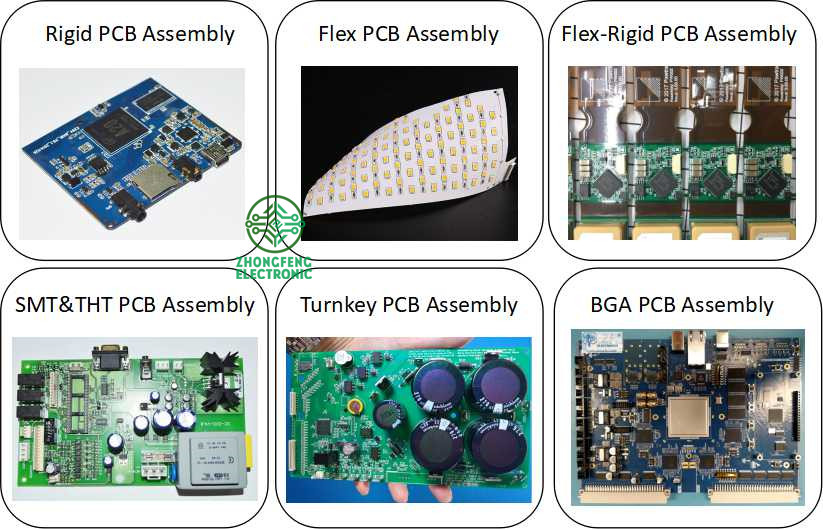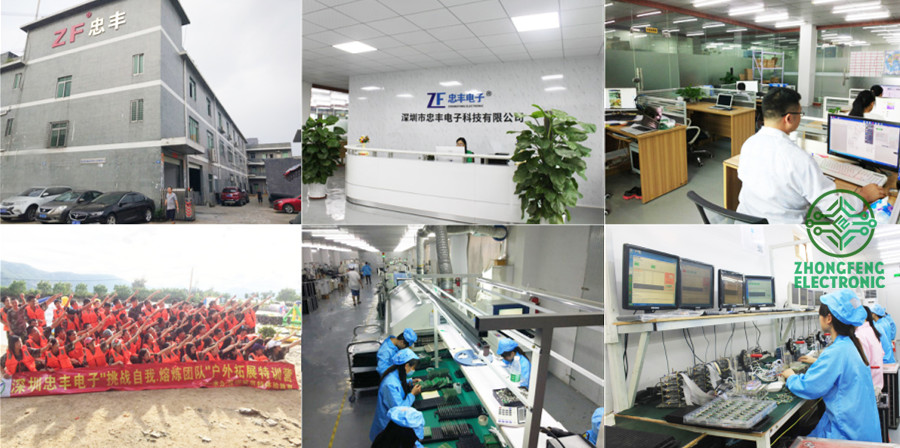The concept and basic composition of a router A router is a computer device used for network interconnection. It works at the third layer (network layer) of the OSI reference model, and it searches and stores and forwards messages between different networks.
As a router, you must have:
???? Two or more interfaces: used to connect different networks.
???? The protocol is implemented at least to the network layer: only understand the network layer protocol to communicate with the network layer.
???? Support at least two or more subnet protocols: Inter-seed network interconnection.
With storage, forwarding, and routing functions: to achieve rate matching and routing.
???? A group of routing protocols: including intra-domain routing protocols, inter-domain routing protocols.
The role of the router
???? Heterogeneous network interconnection: Mainly network interconnection with heterogeneous network protocols.
???? Subnet protocol conversion: Protocol conversion between different subnets including LAN and WAN.
???? Routing (path finding): routing table creation, refreshing, and searching.
???? Rate adaptation: Different interfaces have different rates, routers can use their own cache and flow control protocol adaptation.
???? Isolated network: prevent broadcast storm, network security (firewall).
???? Packet fragmentation and reassembly: The MTU of the interface is different. Packets that exceed the MTU of the interface will be fragmented, and packets that reach the destination will be reassembled.
???? Backup, flow control: switch between the main and standby lines and complex flow control.
How the router works

The router maintains a routing table at all times, and all packets are sent and forwarded from the corresponding port by looking up the routing table. This routing table can be configured statically or generated by a dynamic routing protocol.
The physical layer receives a packet from a port on the router and sends it to the data link layer.
The data link layer removes the link layer encapsulation and sends it to the network layer according to the protocol domain of the message.
The network layer first checks to see if the message was sent to the local machine. If it is, remove the network layer encapsulation and send it to the upper layer.
If not, the routing table is searched according to the destination address of the packet. If a route is found, the packet is sent to the data link layer of the corresponding port. After the data link layer is encapsulated, the packet is sent. If no route is found, the packet is discarded.

Subnet routing and routing The standard routing table entry is a two-dimensional group (sink network address, next station address), which does not carry subnet information and cannot satisfy subnet routing. After the introduction of subnet addressing, a subnet module is added to each entry of the subnet routing table, so the subnet routing table entry becomes a three-dimensional group: subnet module, sink network address, and next station address.
Routing algorithms, routing protocols, and routing The routers route packets based on routing tables, which are established and maintained by routing protocols. The design of routing protocols is based on a routing algorithm.
Whether the path selection is the best:
What parameters are used to measure routing, such as delay, distance, and number of intermediate gateways?
Simplicity:
The routing algorithm should be designed as concisely as possible.
Strongness:
Routing algorithms must be robust and should stand the test of various network environments.
Fast convergence:
That is, the process of all routers agreeing on the optimal path. If the routing algorithm converges slowly, it will cause path loops or network consumption.
Flexibility and flexibility:
Can the routing algorithm adapt to changes in the network environment, such as changes in network bandwidth, router cache, and network delay? Can the routing algorithm make adjustments based on these changes?
The routing table contains the information used to exchange routing information and select the best route. The routing table is the core of the router. There are two sources of routing information: one is the static route added manually, and the other is the dynamic route during the operation of the router. The routing protocol is learned.
The routing algorithm uses many different weights to determine the best route. The commonly used rights are as follows:
???? Path distance: refers to the sum of the weights of each link traversed, and some routing protocols refer to the number of nodes;
???? Reliability: refers to whether the network link is prone to failure;
???? Delay: refers to the network delay caused by network links
???? Bandwidth: refers to the capacity of the link to transmit information flow capacity;
???? Carrying capacity: refers to the busyness of network resources such as routers;
???? Communication costs.
Comparison of routers and related network equipment
Hubs (repeaters): corresponding to the physical layer of the 7-layer model, its role is to amplify electrical signals. Mainly used to connect LANs with the same physical layer. Hubs also changed the Ethernet bus structure into a star structure. Bridges (Switches): It is a storage and forwarding device that realizes interconnection at the data link layer, and is widely used in the expansion of local area networks. Bridges receives a complete data frame from one network segment, performs the necessary comparison and verification, and then decides whether to discard or send it to another network segment. Bridges have the effect of isolating network segments. Proper use of Bridges on the network can adjust the network load and improve transmission performance.
Router: Compared with Bridges, routers implement network interconnection at the network layer, which implements relatively complex functions: routing, multi-path retransmission, and error detection. The heterogeneous network interconnection capability, blocking control capability and network segment isolation capability of routers are stronger than Bridges. Routers can prevent network storms, support multiple protocols, and provide multiple interfaces.
For more router settings, please visit http: //
Hybrid PCB Assembly = Hybrid Printed Circuit Board Assembly, which means the PCB Board need be mounted with SMT parts and THT parts. For such PCB Assembly job, SMT assembly will be done first, after checked well, then do THT assembly. Zhongfeng would manufacture the PCB boards follow the design file, source the components follow the BOM file and do the PCB assembly job follow the assembly drawing and the pick&place file. After PCB assembly done, the components would be mounted on the PCB boards tightly and connected each other through the copper circuits. We call such board as PCBA board or hybrid custom PCBA board.
Depends on the components assembly types, it have THT PCB assembly, SMT PCB Assembly , one sided SMT and THT PCB assembly, two sided SMT and THT PCB assembly.
Depends on the PCB type, it have Rigid PCB Assembly , Flex PCB Assembly and Flex-Rigid PCB Assembly.
Also we would call some PCB assembly types as Prototype PCB Assembly, Mass PCB Assembly , Turnkey PCB Assembly, LED PCB Assembly and BGA PCB Assembly , etc.
With our 15years professional experience, we are available for all types of PCB assembly service from prototype to mass production, available for 01005, 0201, 0.3mm BGA, 0.3mm QFP.
PCB Assembly Capabilities
|
Quantity |
1 pcs - 1,000,000 pcs |
|
Assembly type |
SMT, THT or Hybrid |
|
Parts procurement |
Full turnkey (ZhongFeng provide all components) |
|
Partial turnkey ( Customer provide the main components and ZhongFeng provide the rest) |
|
|
Kitted (Customer provide all components) |
|
|
Component types |
SMT 01005, 0201, BGA 0.3mm pitch, QFP 0.3mm pitch, etc. |
|
Test |
Visual Inspection, AOI, Custom testing, ICT, FCT, Test jig |
PCB Assembly Products Show

PCB SMT Assembly Factory Show


Hybrid PCB Assembly
Hybrid PCB Assembly,Hybrid Integrated Circuit,Hybrid PCB Assembly Service,Hybrid Circuit Board Assembly
ZhongFeng Electronic Technology Co., Limited , https://www.dopcba.com